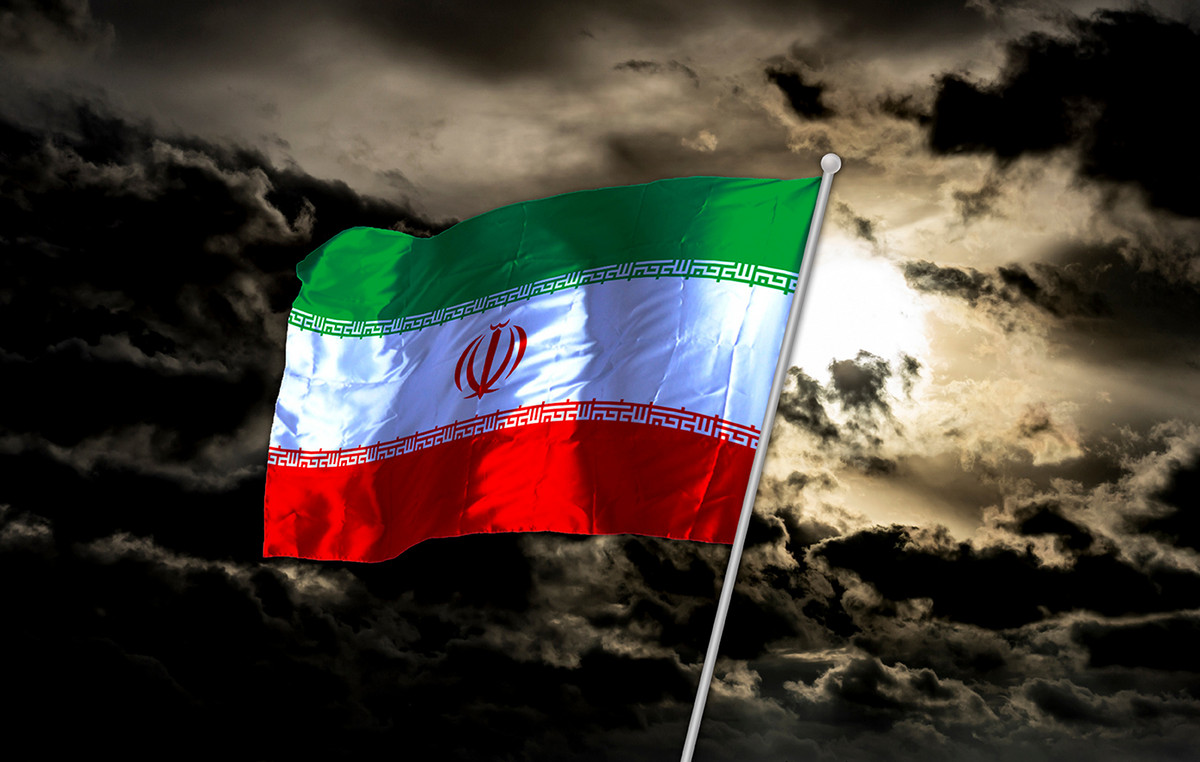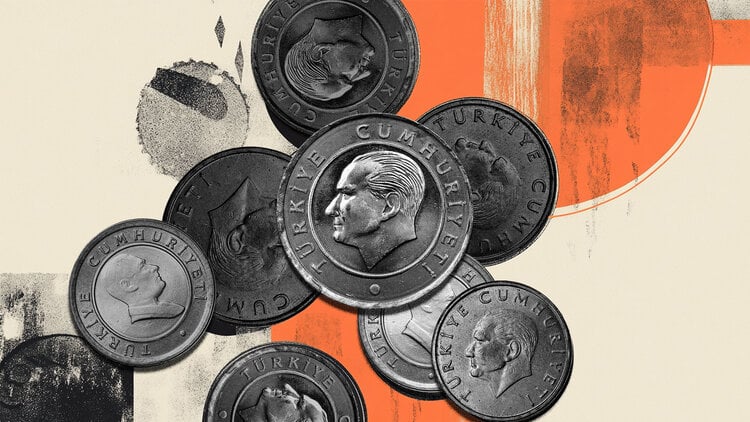The Federal Reserve Bank (Fed) commented in its latest Beige Book survey released on Wednesday that US economic activity increased slightly in November after little change in the previous months, and US companies were more optimistic on demand prospects.
Key quotes
Economic activity increased slightly in most districts.
Three regions exhibited modest or moderate growth that offset flat or slightly declining activity in two others.
Growth expectations increased moderately in most geographies.
Employment levels are flat or slightly higher, hiring is moderate amid low turnover.
Wage growth softened to a modest pace, except for robust gains for entry-level and skilled trades positions.
Price increases are modest; Companies report greater difficulty in passing costs on to customers.
Consumer spending is stable but price sensitivity is increasing.
Manufacturing activity is mixed in the regions.
Commercial real estate markets are showing signs of stabilization in some areas.
Market reaction
The US Dollar Index (DXY) is trading 0.01% higher on the day at 106.37, at the time of writing.
The Fed FAQs
The monetary policy of the United States is directed by the Federal Reserve (Fed). The Fed has two mandates: achieving price stability and promoting full employment. Your main tool to achieve these objectives is to adjust interest rates. When prices rise too quickly and inflation exceeds the Federal Reserve’s 2% target, it raises interest rates, raising borrowing costs throughout the economy. This translates into a strengthening of the US Dollar (USD), as it makes the United States a more attractive place for international investors to place their money. When inflation falls below 2% or the unemployment rate is too high, the Federal Reserve can lower interest rates to encourage borrowing, which weighs on the greenback.
The Federal Reserve (Fed) holds eight meetings a year, in which the Federal Open Market Committee (FOMC) evaluates the economic situation and makes monetary policy decisions. The FOMC is made up of twelve Federal Reserve officials: the seven members of the Board of Governors, the president of the Federal Reserve Bank of New York, and four of the eleven presidents of the regional Reserve banks, who serve for one year on a rotating basis.
In extreme situations, the Federal Reserve can resort to a policy called Quantitative Easing (QE). QE is the process by which the Fed substantially increases the flow of credit into a clogged financial system. It is a non-standard policy measure used during crises or when inflation is extremely low. It was the Fed’s weapon of choice during the Great Financial Crisis of 2008. It involves the Fed printing more dollars and using them to buy high-quality bonds from financial institutions. QE usually weakens the US dollar.
Quantitative tightening (QT) is the reverse process of QE, whereby the Federal Reserve stops buying bonds from financial institutions and does not reinvest the capital of the maturing bonds it has in its portfolio to buy new bonds. It is usually positive for the value of the US Dollar.
Source: Fx Street
I am Joshua Winder, a senior-level journalist and editor at World Stock Market. I specialize in covering news related to the stock market and economic trends. With more than 8 years of experience in this field, I have become an expert in financial reporting.







